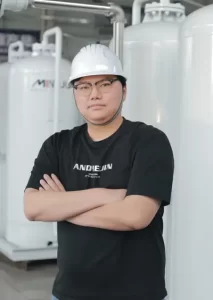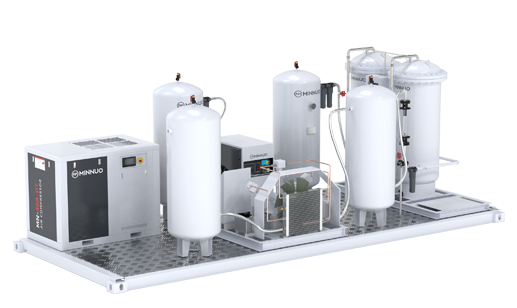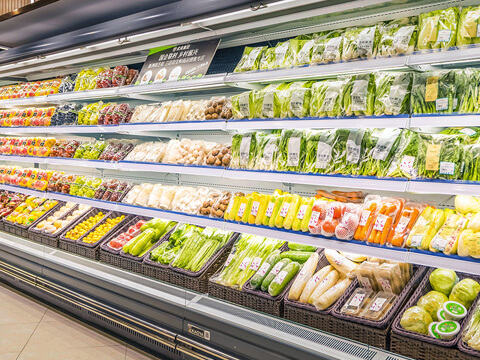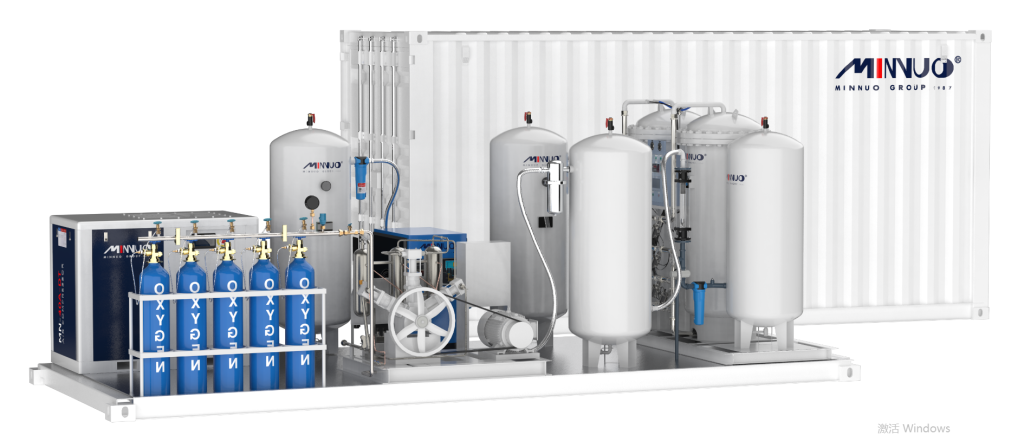The consumption of plant-based meat is experiencing remarkable growth, driven by concerns surrounding the environment, ethics, health, and economics. This upward trend shows no signs of slowing down. In 2020, the meat substitute market reached a total value of $1.4 billion, according to the Plant Based Foods Association and The Good Food Institute. As interest in this market surges, people frequently wonder about the process of creating plant-based meat. Like many other industries, nitrogen plays a crucial role in its production.
What exactly is plant-based meat?
Also known as vegan meat, plant-based meat offers the taste, appearance, and texture of animal-based meat, while being entirely derived from plant ingredients. These ingredients encompass protein, fat, carbohydrates, fibers, vitamins, minerals, and water. The aim is to replace some or all of the animal-based meat in our diets and food production—a goal that is becoming increasingly feasible. Plant-based meat is witnessing triple and double-digit growth, attracting not only vegetarians and vegans but also “flexitarians”—meat eaters who incorporate meat substitutes into their daily meals.
So, how is plant-based meat manufactured? Let’s take a closer look.
The Production Process of Plant-Based Meat
Extrusion stands as one of the primary methods for producing plant-based meat. Additionally, it is considered one of the most energy-efficient means of mass food production available today.
Extrusion technology involves a 3-step process that mixes soft ingredients, shapes the food, and cooks and processes it.
In the initial step, protein powders, derived from sources such as soy, lentils, chickpeas, etc., are pre-mixed to ensure the final product’s quality.
Then, the mixture is fed into an extruder, which comprises a barrel equipped with rotating screws. This extruder both shapes and cooks the food, usually in a matter of seconds.
Finally, the product is ready for further processing, which can involve cutting, grinding, coating, and more.
The entire extrusion process is continuous, controllable, and cost-efficient. Consequently, numerous food manufacturers are transitioning to extrusion methods due to their cost-effectiveness and positive environmental impact.
The Significance of Nitrogen in Extrusion
During the extrusion process of plant-based meat products, nitrogen gas is injected into the extruder. The objective is to achieve a phenomenon called protein aeration. Nitrogen creates a microporous structure within the product, resulting in improved color, a more authentic texture, and enhanced flavor absorption—making the plant-based meat resemble traditional meat more closely.
Where to Obtain Nitrogen for Extrusion?
Conventional food production plants have traditionally relied on nitrogen bulk deliveries or nitrogen bottles. However, such delivery methods come with significant costs and carbon footprints. On-site nitrogen generation reduces the cost per unit of gas and eliminates emissions associated with transportation. It also grants companies control over their nitrogen supply. That’s why an increasing number of production facilities are adopting self-generating nitrogen systems—and partnering with Minnuo as their gas generation provider.
Minnuo, the leader in air treatment and gas generation, offers the market’s most energy-efficient nitrogen generators. These cutting-edge products often employ the pressure swing adsorption (PSA) process to produce food-grade nitrogen efficiently and reliably. Moreover, Minnuo’s nitrogen generation systems feature 24/7 local and remote connectivity for continuous monitoring and process visibility.
If you’d like to learn more about Minnuo’s solutions for your plant-based meat production, feel free to contact us. Our experts are ready to answer all your inquiries.






 sales2:+86 17506119168
sales2:+86 17506119168

